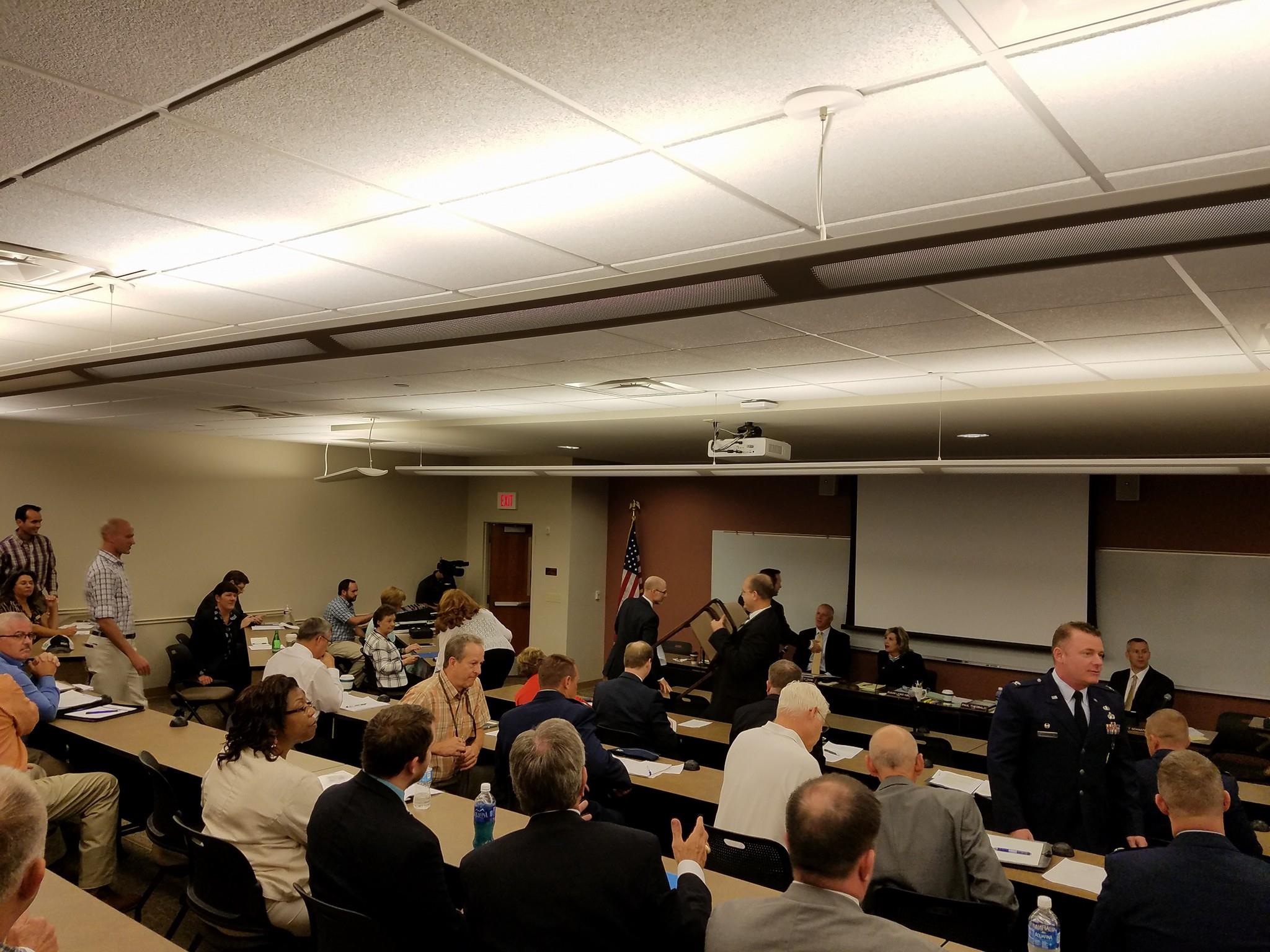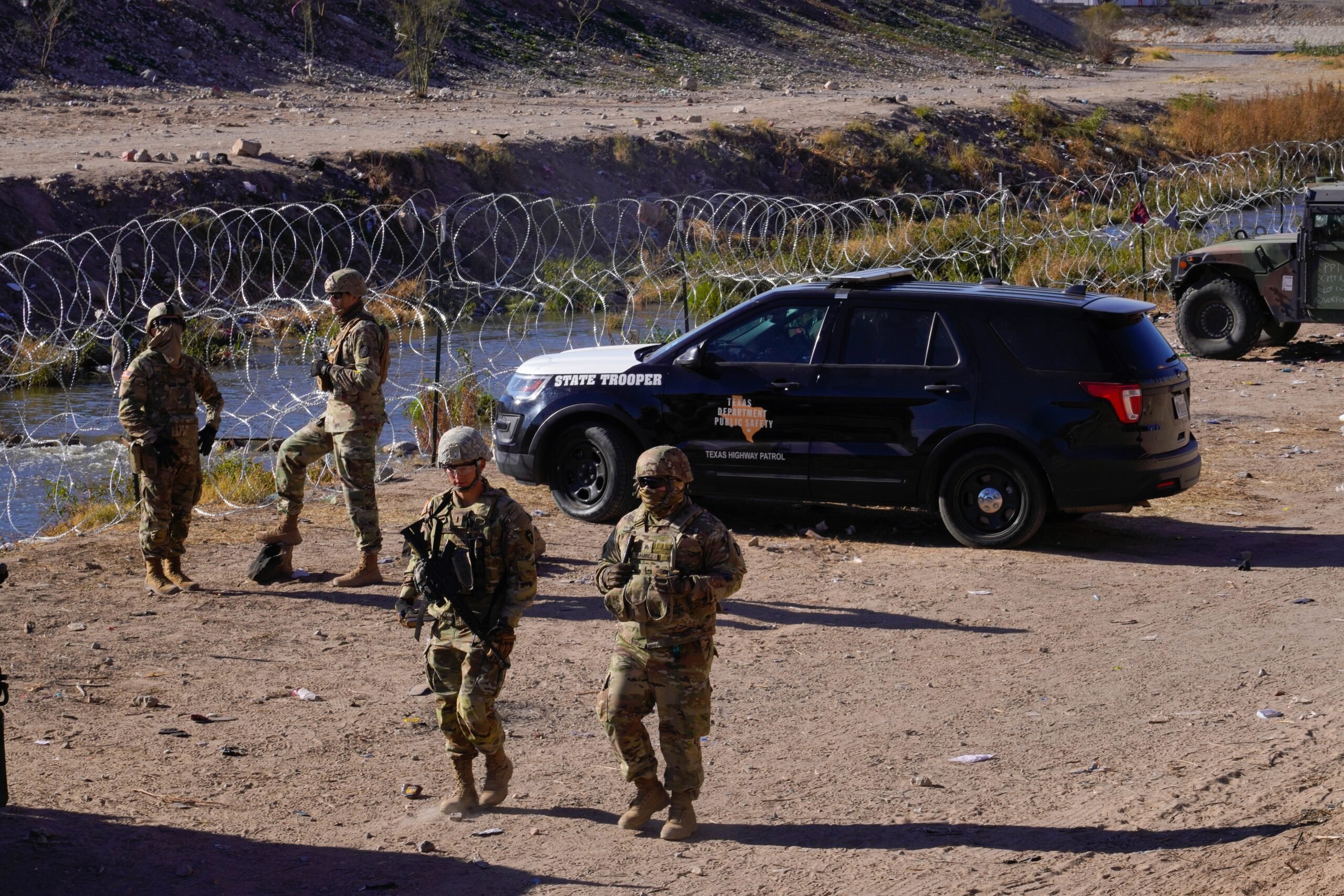
Inside the Coordinated Attack on a North Texas Wind Farm
Conservative lawmakers, an oil investor and other activists did all they could to stop a wind project in rural Texas, even as the state has increasingly embraced renewable energy.

A version of this story ran in the October 2018 issue.
Above: Anti-wind sentiments in Texas are mounting.
Earlier this year, a Canadian energy producer was poised to build two large wind farms in Clay County, a mostly featureless stretch of plains at the Texas-Oklahoma line. The 300-megawatt project would have bolstered Texas’ growing portfolio of renewable energy, which last year supplied a record 17 percent of the state’s electricity. But then anti-wind farm activists led by John Greer, a Dallas oil investor, swooped into the farming and ranching community to attack the deal.
Mounting pressure from Greer, politicians and the nearby Air Force base was enough to convince the project developer, Innergex Renewable Energy Inc., to pull the plug in June. The situation is a case study in how opponents can stop wind projects even as Texas has increasingly embraced renewable energy.
“The war is on,” Greer told a packed auditorium at Midwestern State University in 2016. “You do not know what’s happening until it’s in your backyard. And it’s too late by the time that happens.” Greer, whose companies include Matador Oil and Gas LLC, an energy investment firm, had been trying to kill the wind farms since 2015. He helped form Clay County Against Wind Farms, which put on a series of “informational” sessions in Henrietta, the county seat. Greer told the Observer that he took on wind in order to protect his family’s ranch in Clay County; his business interests have “zero” influence, he said.

At one meeting, the group hosted fighter pilots from Sheppard Air Force Base, who told attendees that the turbines would interfere with radar operations, possibly forcing pilot training to be moved elsewhere. Meanwhile, Sheppard press flacks launched a quiet campaign to sway public opinion about the turbines’ “encroachment” into military airspace.
Midwestern State University lent them a hand, releasing a report showing that losing Sheppard would devastate the local economy. The university also hosted anti-wind personalities and loaned a classroom for a Texas House committee hearing, where state electric grid operators described an initiative, pushed by Governor Greg Abbott, to require wind farm operators to tell the military about their plans before connecting to the grid. State Representative James Frank, who was vice chair of the committee, helped pass legislation in 2017 to remove tax incentives from wind farms near military bases.
In Congress, Senator John Cornyn and now-disgraced former Congressman Blake Farenthold both proffered similar federal laws, though they failed to pass.
If anything, the anti-wind effort seems to be reaching gale force. In August, state Senator Donna Campbell appeared on Fox News to warn of a wind development that she said could hinder operations at a naval air base near Kingsville. “It’s a threat that needs to be dealt with,” Campbell said. The Texas Public Policy Foundation, which is funded in part by oil and gas companies, embarked this year on a campaign to end subsidies for wind farms. The group even took the show on the road to Georgetown, which is 100 percent powered by renewable energy, in an attempt to get leaders there to return to good ol’ fossil fuels.
It doesn’t look like this storm will blow over anytime soon.


